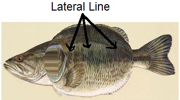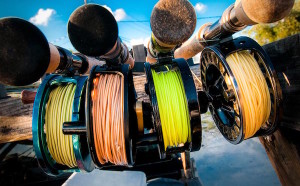 Unlike conventional fishing methods, fly fishing has long been considered a “rich man’s sport” and, when you consider the $500 to $1,000 price tag that some fly reel manufacturers place on their top end, machined aluminum fly reels, it is easy to see why this perception persists. However, it is important to realize that while fly reels that have been machined from a solid block of aircraft grade aluminum are often the most aesthetically pleasing, they are not absolutely necessary for the novice fly fisherman.
Unlike conventional fishing methods, fly fishing has long been considered a “rich man’s sport” and, when you consider the $500 to $1,000 price tag that some fly reel manufacturers place on their top end, machined aluminum fly reels, it is easy to see why this perception persists. However, it is important to realize that while fly reels that have been machined from a solid block of aircraft grade aluminum are often the most aesthetically pleasing, they are not absolutely necessary for the novice fly fisherman.
Fortunately, many fly reel manufacturers in recent years have realized that there are numerous anglers who would like to explore the art of fly fishing but who are not yet committed enough to be willing to purchase a top end fly reel. So, they are now offering entry level fly reels that are made from either molded composites or cast aluminum. While some may lack the visual appeal and the highly sophisticated disc drag systems of the more expensive, machined aluminum, fly reels, in most cases they are perfectly adequate for the job at hand.
 Okuma Cascade
Okuma Cascade

Available in two sizes to hold line weights 4 through 9, the Okuma Cascade is a large arbor fly reel that features a lightweight, molded graphite, frame and spool with a fully adjustable, multi-disc, drag system combined with a single, one-way, roller bearing that only engages the drag when line is being stripped from the reel. In addition, it also features a precision machined, stainless steel, spool shaft and a machined aluminum brass bushing drive system that provides a very smooth retrieve. Size: 2.9 to 3.3 in. Weight: 5.0 to 6.0 oz.

Redington Crosswater

Similar to the Okuma Cascade, the Redington Crosswater is an entry level fly reel that features a large arbor, molded graphite, frame and spool in four different sizes designed for line weights 4 through 9. Also, it has a fully adjustable, multi-disc, drag system and is easily converted from left hand to right hand retrieve. Size: 3.55 to 3.95 in. Weight: 5.0 to 6.9 oz.
Ross Eddy

Founded on the concept of producing high quality fly reels at an affordable price, Ross has long been recognized as a manufacturer of high quality fly reels and their “Eddy” fly reel is no exception. Featuring performance-based craftsmanship at an entry level price, the Ross Eddy is available in three different sizes designed to hold line weights 3 through 8. In addition, it features a large arbor frame and spool constructed from cast aluminum with a tough AGP coating and a fully adjustable disc drag system. .Size: 2.9 to 3.7 in. Weight: 4.7 to 5.9 oz. MSRP $70.00 to $80.00.
Temple Fork Outfitters NXT LA

The Temple Fork Outfitters NXT LA is one of the prettiest fly reels in its price range with the appearance of a much more expensive machined aluminum fly reel without the accompanying price tag. Featuring a cast aluminum frame and spool with a large arbor designed to hold line weighs 4 through 8, it also features a fully adjustable disc drag system with a positive click adjustment knob for precise and repeatable drag settings. Size: 3.37 to 3.68 in. Weight: 4.7 to 5.3 oz. MSRP $80.00 to $85.00.
Orvis Clearwater

For many fly fishermen, the Orvis name represents the top of the line in fly fishing gear and the MSRP of their machined aluminum fly reels often reinforces this perception. However, their Clearwater fly reel is a relatively inexpensive, entry level, fly reel that features a large arbor frame and spool made from cast aluminum with an extra-smooth, stacked stainless steel/Rulon, disc drag system with a positive click drag adjustment knob. Size: 3.3 to 6.8 in. Weight: 5.5 to 6.3 oz. MSRP $89.00 to $98.00.
So, if you are one of those anglers who would like to explore the art of fly fishing but are dissuaded by the excessively expensive price of top end fly fishing gear, you will be glad to know that fly fishing gear manufacturers have heard your plea and are now manufacturing a wide range of inexpensive, but well built, fly reels for the novice fly fisherman. Consequently, fly fishing is no longer a sport reserved for rich “trout snobs” sporting handcrafted, $2500, bamboo fly rods and $800 fly reels but, is instead now available to any angler who would try their hand at this most fascinating of angling pursuits.

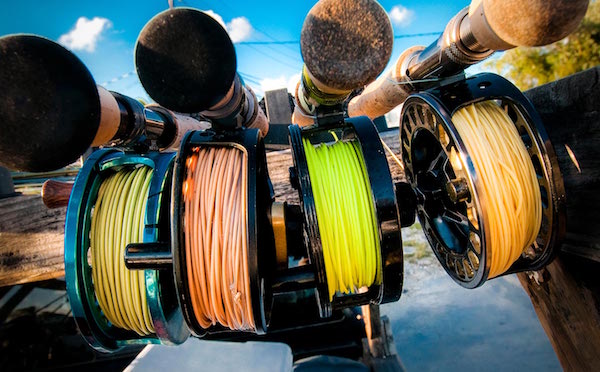
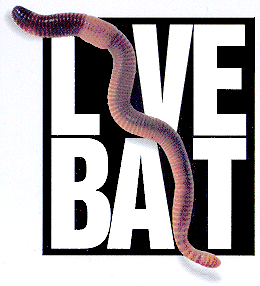
 Some bass fishermen think of fishing with live bait as easy, or even cheating. It might not be as much work or require as much experience as fishing with some artificial lures, but that doesn’t mean anyone can do it.
Some bass fishermen think of fishing with live bait as easy, or even cheating. It might not be as much work or require as much experience as fishing with some artificial lures, but that doesn’t mean anyone can do it.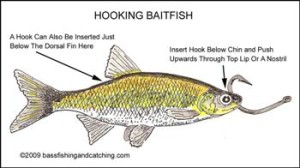
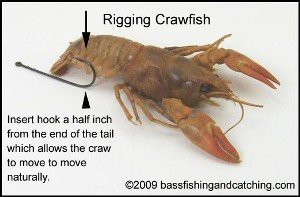
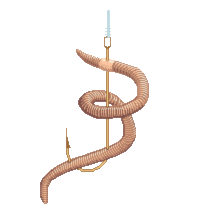
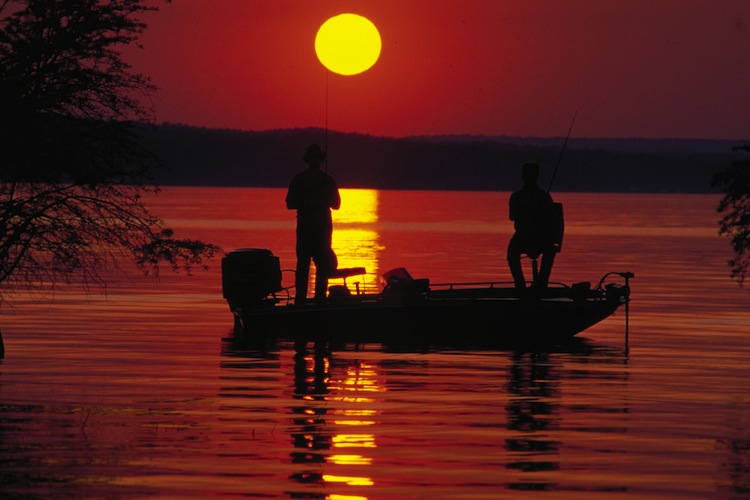
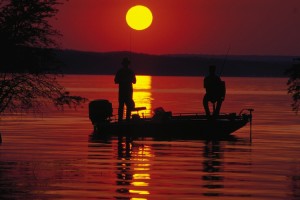 As the night sets in and the water’s surface becomes still, bass tend to head for the shallows in search of food. This is a time when bass fishermen can have some really big success, some even say its prime time. Although night fishing can take a little getting used to, the results can be well worth the effort.
As the night sets in and the water’s surface becomes still, bass tend to head for the shallows in search of food. This is a time when bass fishermen can have some really big success, some even say its prime time. Although night fishing can take a little getting used to, the results can be well worth the effort.